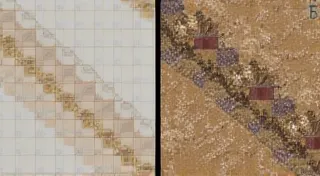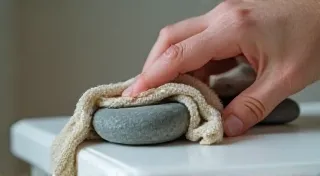How to Spot a Fake Vintage Marble
The world of vintage marble collecting is a fascinating journey into history, craftsmanship, and childhood nostalgia. But like any popular collectible, the market is unfortunately plagued by reproductions and outright fakes. Identifying these imitations is a crucial skill for any serious marble collector, protecting your investment and ensuring you’re acquiring authentic pieces of history. This guide will equip you with the knowledge to differentiate genuine vintage marbles from modern reproductions, focusing on key indicators like weight, materials, manufacturing techniques, and subtle visual clues.
Understanding the Motivation Behind Fakes
Before diving into identification techniques, it’s helpful to understand *why* fakes exist. Simply put, the value of authentic vintage marbles drives the creation of imitations. While some reproductions are deliberately advertised as "reproductions" (and are therefore generally acceptable within the collecting community), others are fraudulently presented as genuine antiques. These deceptive fakes aim to capitalize on the market's demand and the potential for higher profit margins. Knowing this motivates the fakers to mimic the look and feel of genuine marbles, making detection challenging.
1. Weight: A Surprisingly Telling Detail
One of the first, and often overlooked, clues to a marble's authenticity lies in its weight. Vintage marbles, particularly those made from stone (like agate, jasper, or serpentine), are noticeably heavier than modern glass marbles. This isn’t just a vague feeling; it's a quantifiable difference. Modern glass marbles often use lighter, less dense glass formulas to reduce production costs.
Here's a general guideline, but remember that variations occur within any period or material:
- Stone Marbles (Agate, Jasper, Serpentine): Heavier, typically ranging from 20-50 grams or more depending on size. The heft is substantial.
- Clay Marbles: Also heavier than glass, ranging from 10-25 grams.
- Early Glass Marbles (Machine-Made): Still heavier than modern mass-produced glass marbles, often around 10-20 grams.
- Modern Glass Marbles: Lighter, usually under 10 grams.
A digital scale that measures in grams is essential for serious marble collectors. Don't rely on guesswork – weigh your marbles and compare them to established references for authentic examples.
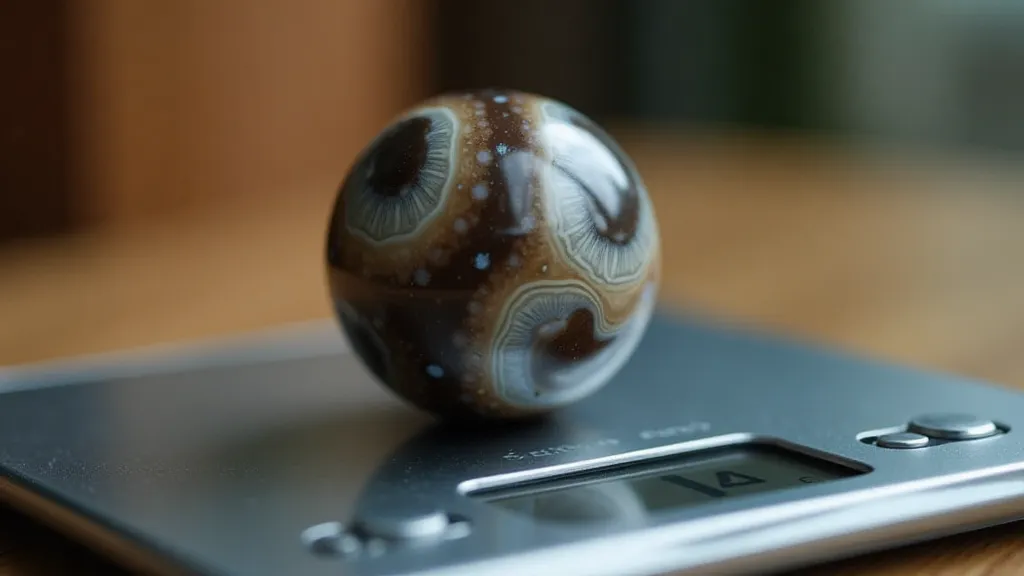
2. Material Inspection: Beyond Just "Glass"
While most people associate vintage marbles with glass, they were also made from a wide variety of materials, each with its own characteristics. Understanding these materials is key to spotting fakes.
- Glass: Early glass marbles often have imperfections – bubbles, swirl marks, and slight color variations are common and *desirable*. Modern glass marbles tend to be almost flawlessly clear, which is a red flag. The type of glass used also matters. Early glass often contained impurities that gave it a distinctive color or haze.
- Stone (Agate, Jasper, Serpentine): These are naturally occurring stones, so each marble is unique. Look for the natural patterns and irregularities inherent in stone. Fakes are often made from dyed or painted materials attempting to mimic the appearance of natural stone, but they lack the depth and complexity of the real thing.
- Clay: Early clay marbles were often hand-formed and fired, resulting in unique shapes and imperfections. They are usually opaque and often have a characteristic earthy tone.
- Ruthenium: A rarer, dark-colored glass marble. Genuine Ruthenium marbles display a unique depth and clarity that is difficult to replicate.
A jeweler's loupe (10x magnification) is a vital tool for examining the surface of a marble. It allows you to see tiny details that would be invisible to the naked eye.
3. Manufacturing Techniques: The Imprint of History
The manufacturing processes used to create vintage marbles varied significantly throughout history. Understanding these techniques helps identify inconsistencies that suggest a fake.
- Hand-Formed: Early marbles were often hand-formed, resulting in slight variations in size, shape, and thickness. These inconsistencies are hallmarks of age.
- Machine-Made: As technology advanced, machines were developed to mass-produce marbles. These machines left their own unique marks, such as faint seam lines or subtle imperfections.
- Seam Lines: Nearly all machine-made marbles, even genuine vintage ones, will have a faint seam line where the two halves of the marble were joined. However, the *quality* and *visibility* of the seam line can vary. Modern reproductions often have poorly defined or overly perfect seam lines.
- Mold Marks: Similar to seam lines, mold marks can indicate how a marble was made. Genuine vintage marbles often have subtle mold marks, while modern reproductions may have sharper or more uniform markings.
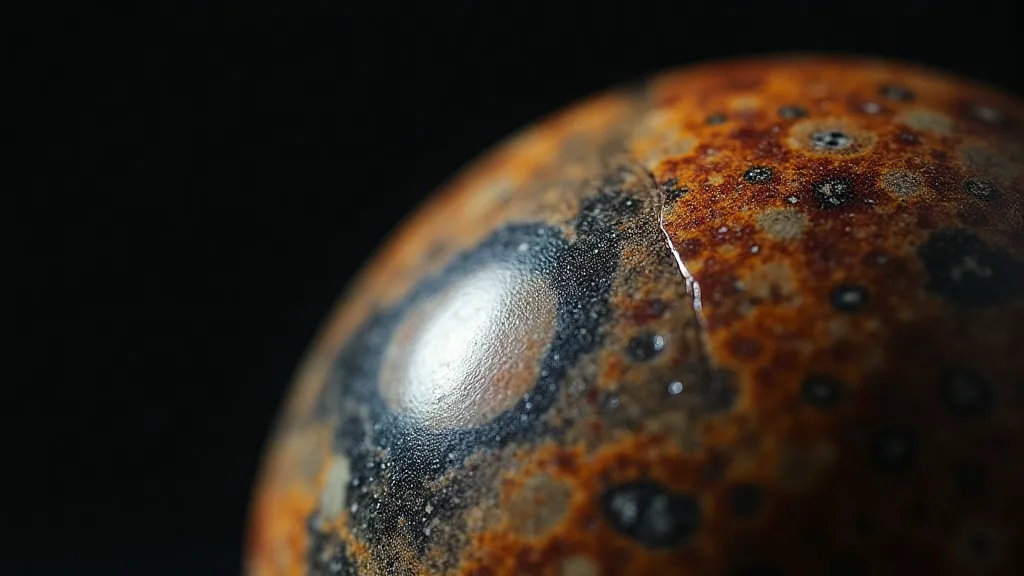
4. Color and Decoration: Detecting Artificial Enhancements
The colors and decorations on vintage marbles provide valuable clues. Remember that early coloring techniques were often primitive and resulted in uneven or faded colors.
- Hand-Painted: Some vintage marbles were hand-painted with intricate designs. These designs often exhibit slight imperfections and color variations.
- Swirls: Swirl marbles, with their characteristic patterns, were created by mixing different colors of molten glass. Genuine swirls are often asymmetrical and have a natural flow.
- Painted Designs: Designs applied to the marble’s surface using paint can be a sign of age, but also of later alterations. Examine the paint carefully for signs of chipping, fading, or bleeding.
- Modern Colorants: Many modern reproduction marbles use vivid, artificial colorants that were not available in the early 20th century.
5. Context and Provenance: The Story Behind the Marble
Finally, consider the context in which you found the marble. Where did it come from? Does the seller have a reputation for authenticity? A marble’s provenance (history of ownership) can provide valuable insights into its authenticity.
Don't be afraid to ask questions and do your research. Joining online marble collecting forums and connecting with experienced collectors can provide valuable guidance.
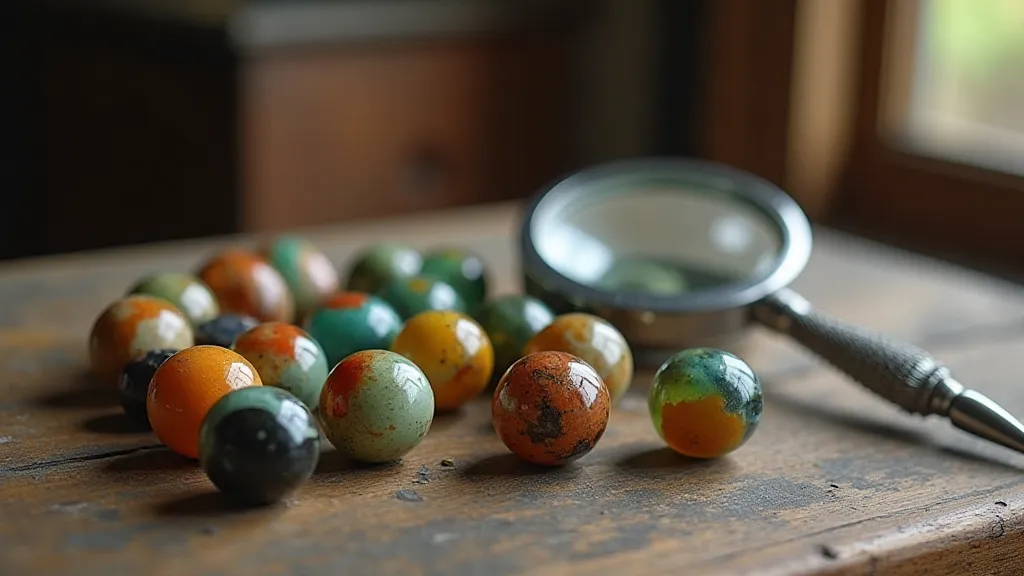
Spotting a fake vintage marble requires a keen eye, a willingness to learn, and a healthy dose of skepticism. By carefully examining the weight, materials, manufacturing techniques, color, and context of a marble, you can significantly increase your chances of acquiring authentic pieces of this fascinating collectible history. Happy hunting!
